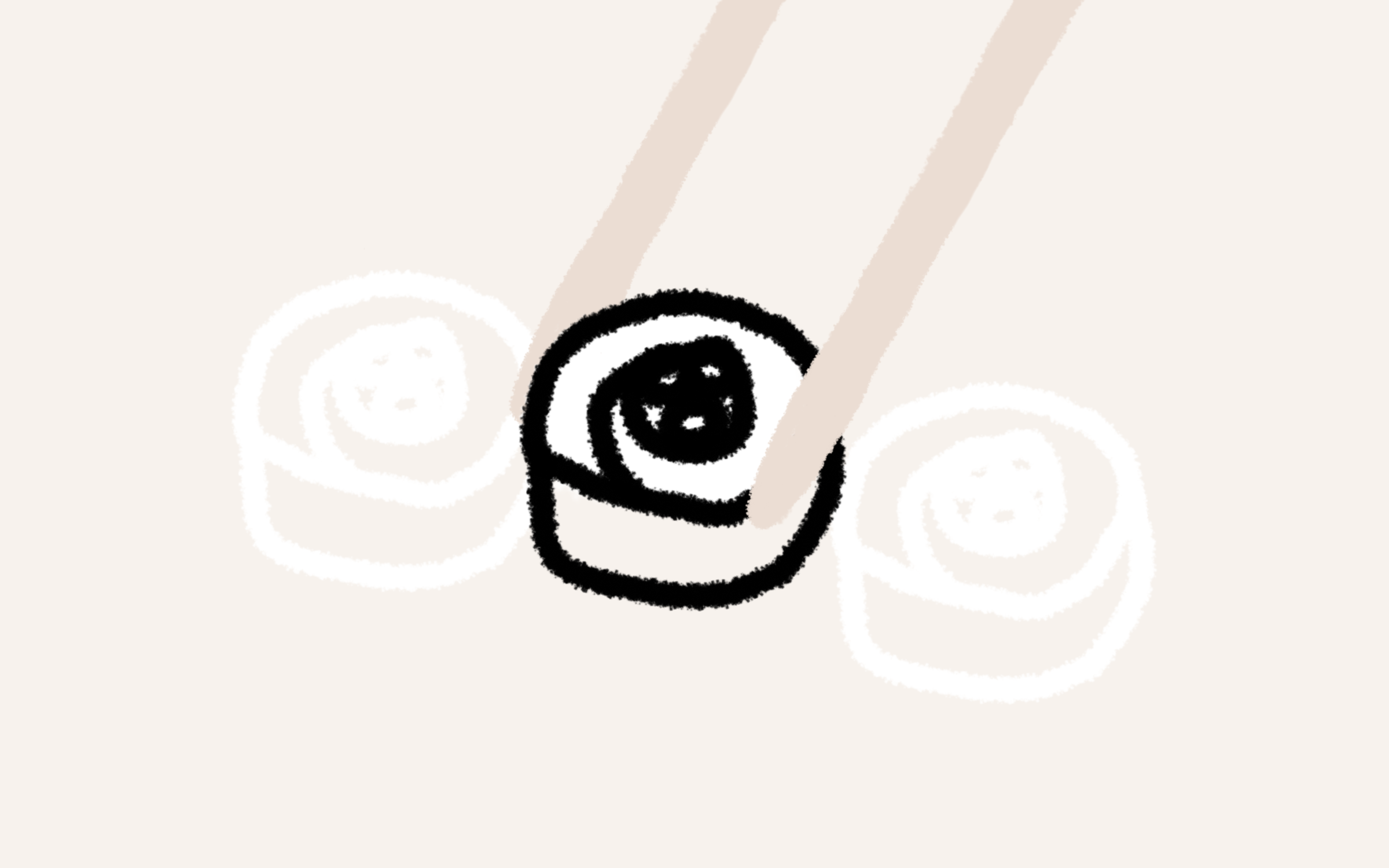
Boosting Team Efficiency by 60%
By implementing a structured delivery toolkit of practices and processes, teams saw efficiency improve by an average of 60%. At CIBC, design setup tasks were reduced from a full sprint to a single day. At Roots Canada, QA processes shortened from one week to one day. This approach keeps teams focused on building great products.
Clients used with: Citi Bank, PC Financial, RBC, Telus, CIBC

1. How to Create a Delivery Toolkit
Step 1: Current Landscape Audit
Understanding team dynamics and organizational structures is the first step. I work with stakeholders to identify gaps using frameworks like:
- WOW Documentation: Maps workflows and ownership.
- RACI Charts: Clarifies roles and responsibilities.
Step 2: Document Guidelines
Document aligned practices and store them in accessible repositories like Confluence. Clear documentation ensures consistency and easy reference for teams.
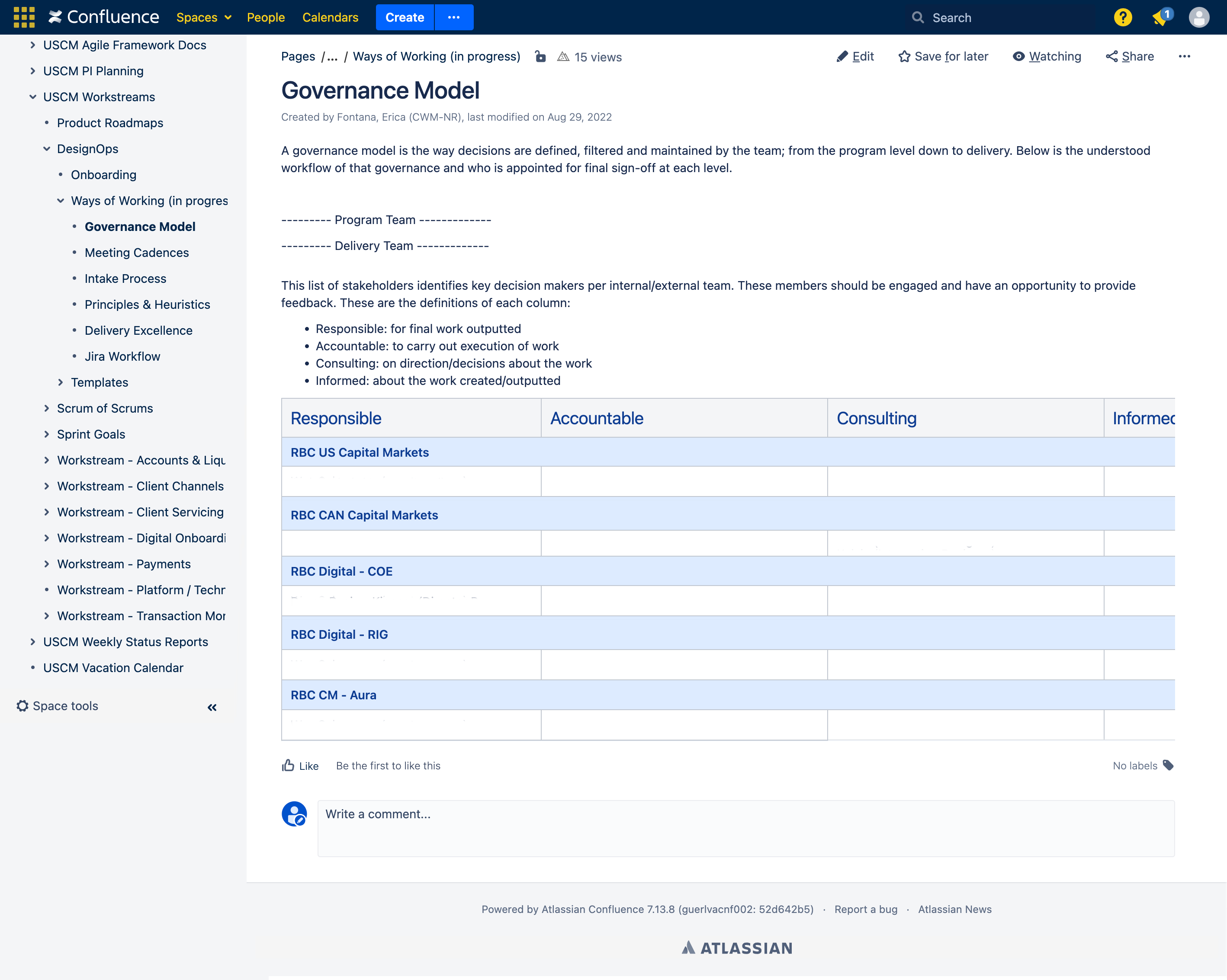
Step 3: Define Your “Why”
Teams need a shared purpose. Using tools like the Lean UX Canvas, I facilitate workshops to clarify objectives and align new and existing team members with the “why” behind their work.
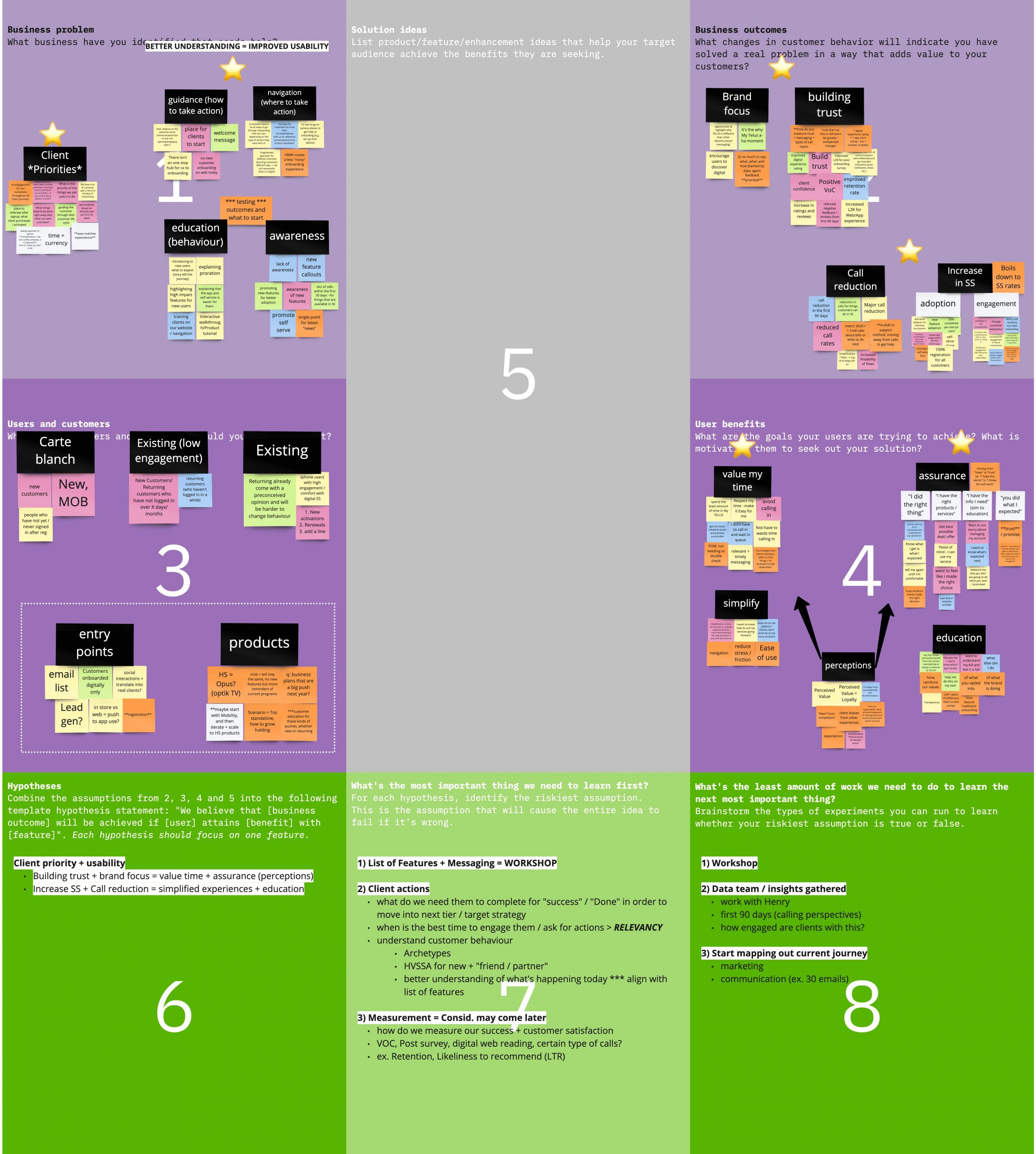
Step 4: Reframe Challenges with a North Star
Transform business challenges into actionable opportunities with a North Star vision. I craft user-story-driven goals to guide scope, deliverables, and success metrics.

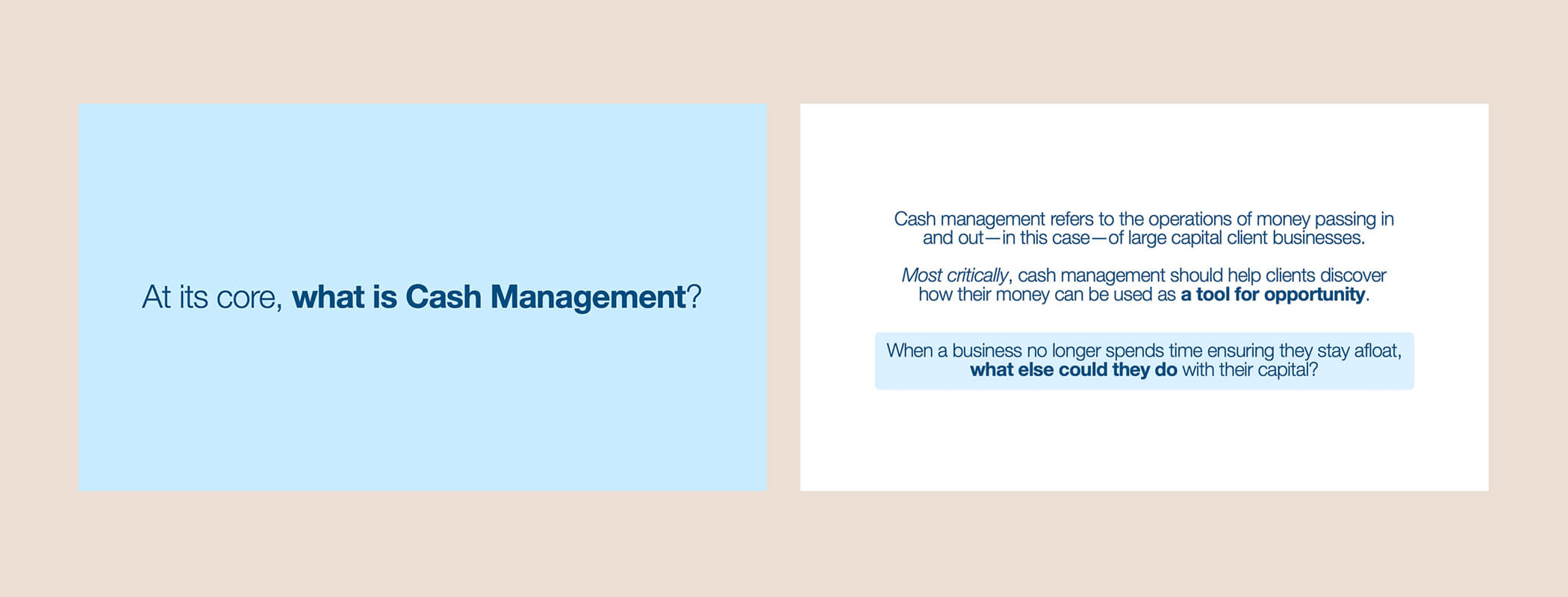
Step 5: Prioritize Meaningful Work
Using my Sushi Rolls Framework, teams time-box exercises to identify channels, dependencies, and risks. Ideas are organized with an Impact-Effort Matrix to inform backlogs and roadmaps.


2. How to Deliver with a Toolkit
Step 1: Intake & Scope Assessment
Before starting new work, teams assess scope readiness and highlight risks during delivery intake sessions, ensuring smooth project launches.
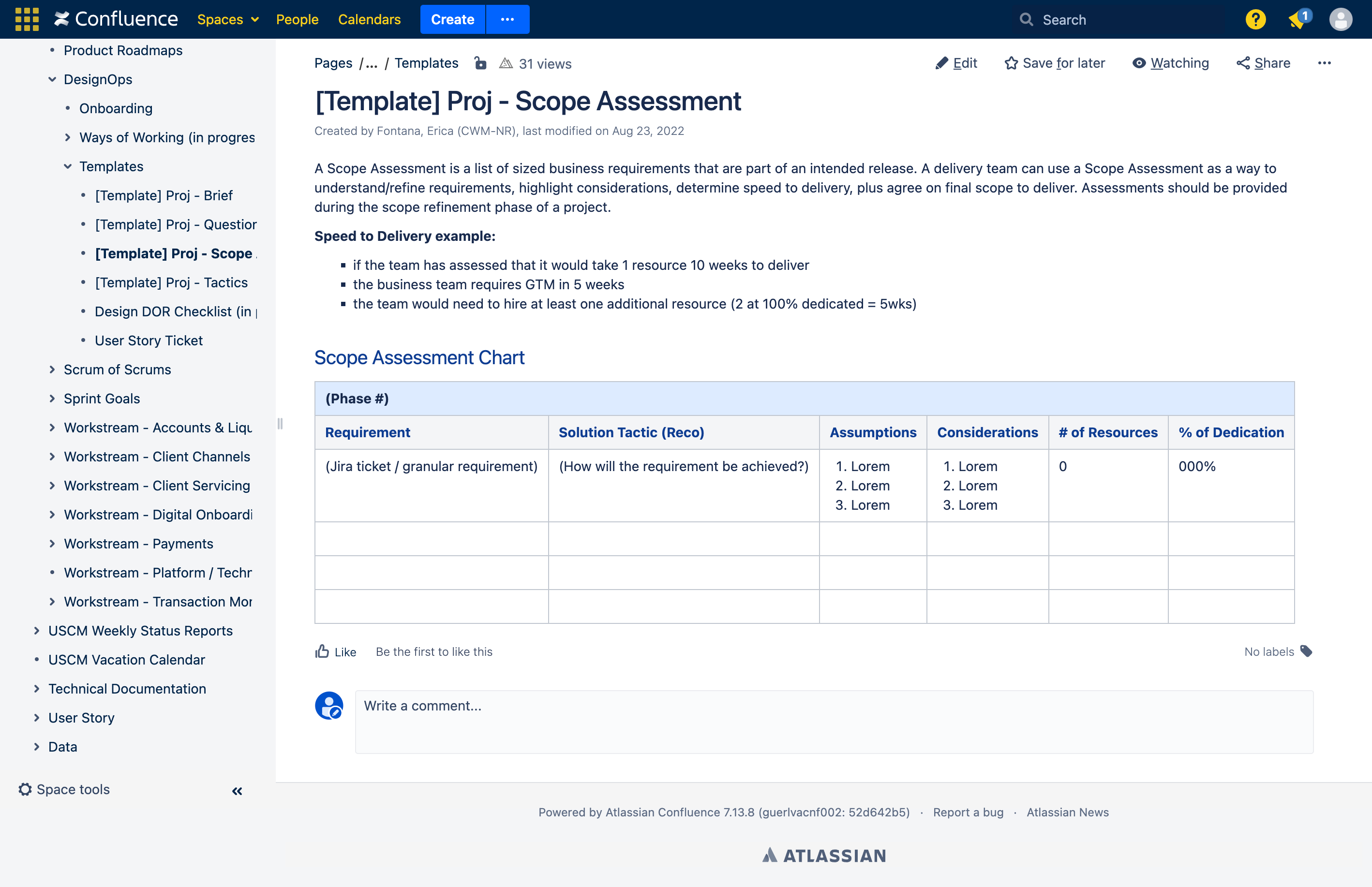
Step 2: Agile Ceremonies
Stand-ups, backlog grooming, and sprint planning maintain clarity and address challenges identified during the initial audit. Leadership must actively resolve any open risks.
Step 3: Realistic Roadmaps
Effective roadmaps account for blockers, resource bandwidth, and typical task durations. Stakeholders appreciate realistic timelines that minimize delays.
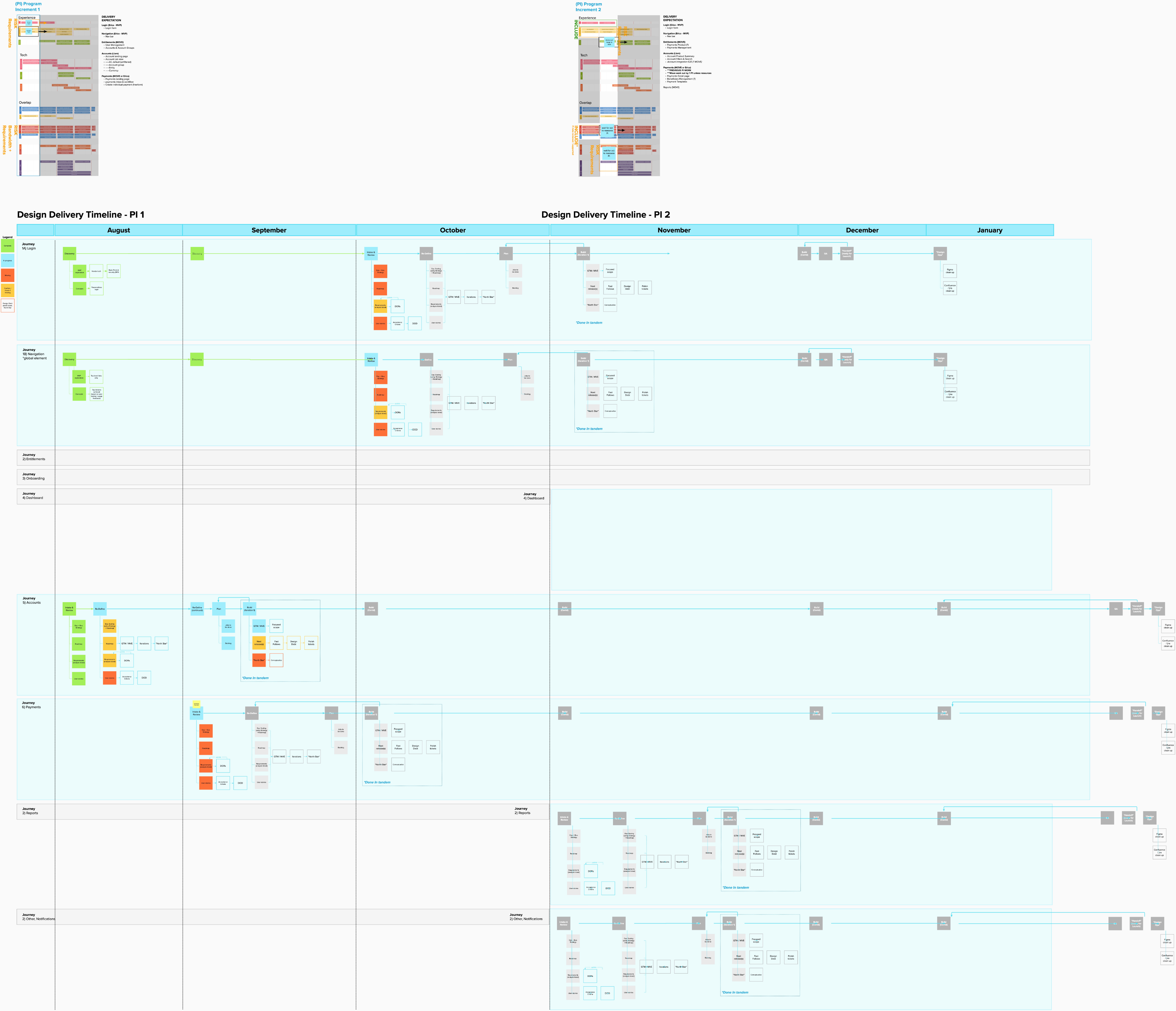

3. How to Ensure Success
When needed, if resource skills require additional support, I provide mentorship and customized delivery frameworks for the team to unblock themselves. My Strategic Solutions framework is just one example.
Step 1: Template & Automate
Avoid redundant work by automating repetitive tasks and creating templates. For example, Agile Design Systems streamline design work by leveraging pre-built assets.
Step 2: Document Decisions
Maintain a Decision Log to record key decisions, associated risks, and approvals. This ensures traceability and helps teams plan for any downstream impacts.
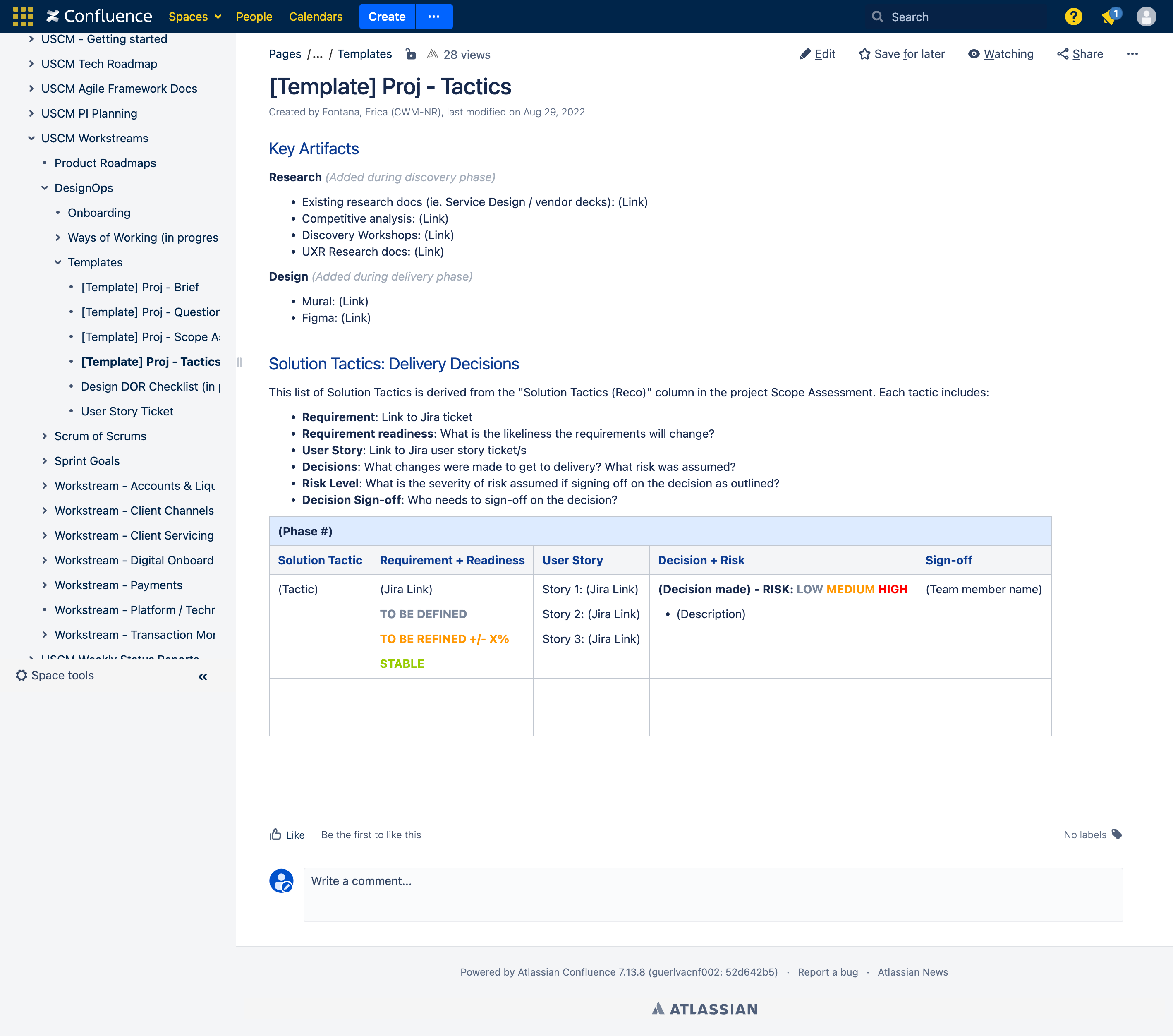
The Final Result
Product Delivery Toolkits are super effective at empowering teams to deliver; in a way that asks for their input and respects bandwidth. Delivery toolkits help teams with:
- Removing ambiguity with clear expectations.
- Aligning scope and providing easy access to support.
This structured approach builds confidence, streamlines delivery, and ensures sustainable success.
